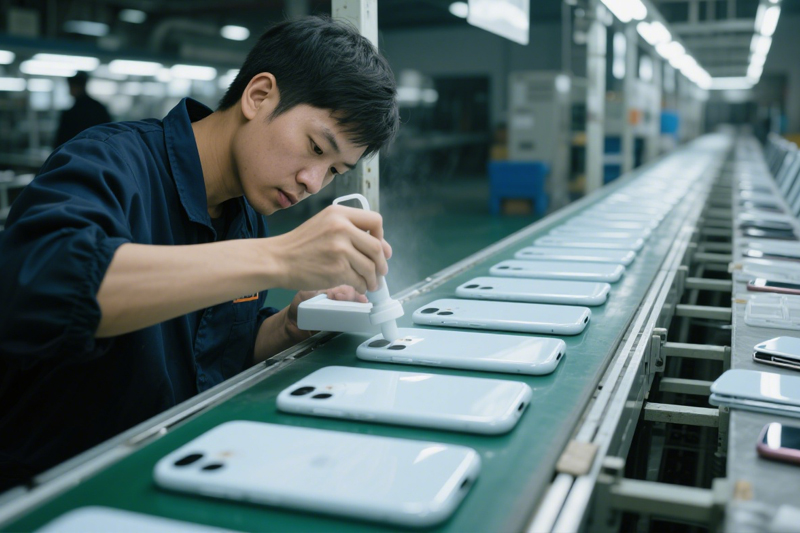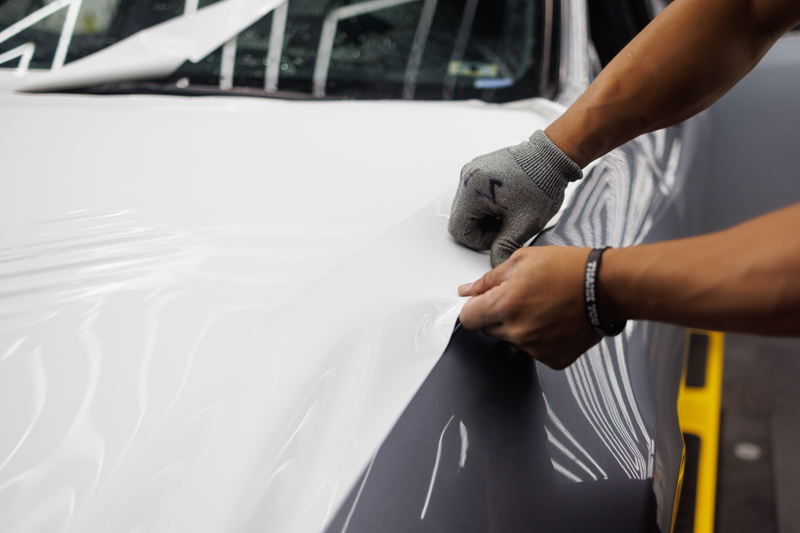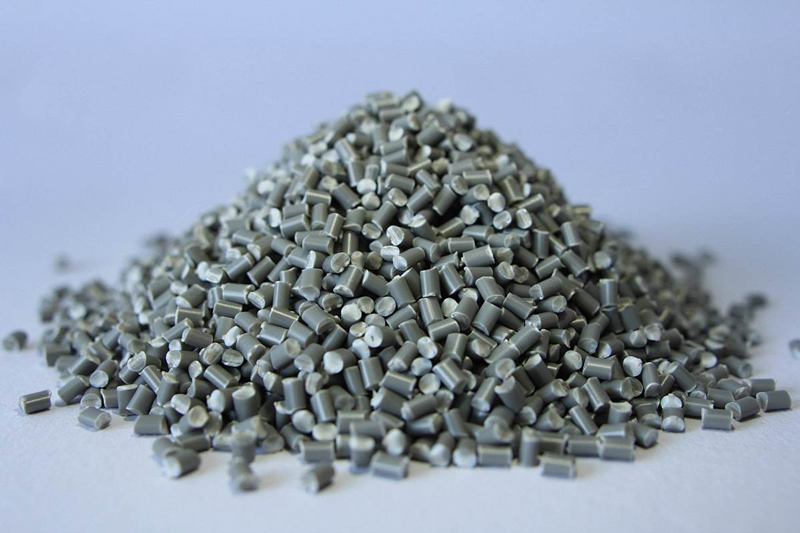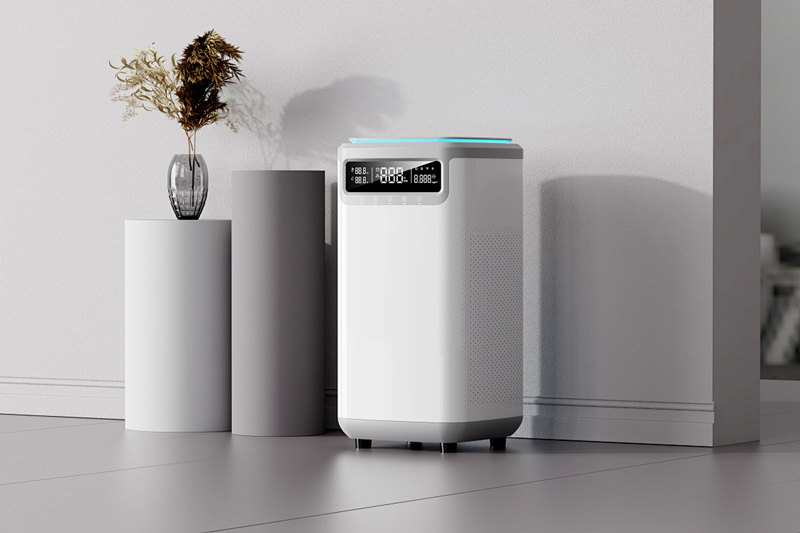
The following is a detailed introduction about UV paint:
-Basic Information
-Full name: Ultraviolet Curing Paint, also known as UV curable paint or photo initiated coating.
-Naming method: Unlike PU, PE, NC and other paints that are named after film-forming substances, UV paint is named after the curing method of the paint.
-Curing principle: By using machine equipment to automatically roll and spray onto furniture surfaces, under the irradiation of ultraviolet light (wavelength 320-390nm), the initiator is decomposed, generating free radicals, triggering resin reactions, and instantly curing into a film.
-Composition of ingredients
-Reactive diluent: Its main function is to dissolve solid components in UV coatings and regulate the viscosity of the system. It is not a volatile organic solvent commonly used in coatings, but a reactive non-volatile solvent that directly participates in the curing and film-forming process. It is generally a type of monomer with a small molecular weight and containing polymerizable functional groups, which becomes a part of the paint film after film-forming.
-Oligomer: also known as oligomer or oligomer, is the basic skeleton in UV coatings. It forms a three-dimensional paint film under the action of ultraviolet photons and endows the paint film with various properties such as hardness, flexibility, adhesion, gloss, and aging resistance.
-Photoinitiator: It is a key component in UV coatings, which functions to transfer the energy of ultraviolet photons, rapidly initiate crosslinking polymerization of monomers and oligomers, and promote the liquid-solid conversion process of the system.
-Additives: certain auxiliary components added to meet specific usage requirements and improve paint film performance, such as leveling agents, defoamers, substrate lubricants, matting agents, dispersants, stabilizers, surface lubricants, etc.
-Characteristics
-Excellent environmental performance: It does not contain any volatile substances, does not produce volatile organic compounds, is harmless to the environment and human health, and can decompose harmful substances in the board during the production process. It is currently one of the most environmentally friendly paint varieties.
-Fast curing speed: It can instantly cure into a film under ultraviolet irradiation, without the need for long waiting times for drying, greatly improving production efficiency and suitable for large-scale automated production.
-Excellent physical properties: The cured paint film has a high hardness, twice that of other baked paint door panels, good wear resistance, scratch resistance, acid and alkali resistance, not easily deformed, and high transparency, which can effectively prevent furniture surfaces from being scratched, making the product withstand the test of time.
-Good color stability: After strong ultraviolet light curing treatment, the color is stable and long-lasting, effectively solving the problems of fading and color difference of door panels. The color is full and bright, which can meet the color needs of different consumers.
-Good surface effect: The mirror surface of the door panel has a good flat effect, and the paint film is full without orange peel, which can present various coating effects such as high gloss closed patterns or matte patterns.
-Low coating cost: Under normal circumstances, it is half the cost of conventional coating, and the activation period is long, which can save a lot of energy and costs.
-Construction technology
-UV putty paint construction: used for wood with poor surface smoothness, such as particleboard, fiberboard, etc. First, use coarse sandpaper to polish and clean the surface of the substrate, then apply it by scraping, UV irradiate for 5-6 seconds to cure, then polish it with 280 # -400 # sandpaper, and then apply UV paint and topcoat to improve interlayer adhesion.
-UV primer construction: applied to wood surfaces with smooth and even surfaces. The painting process mainly includes brushing, spraying, or spraying. After applying a layer of UV primer, it is irradiated with UV light for 7-8 seconds to cure. After curing, it is sanded with sandpaper and then coated with UV topcoat to achieve a smooth and full coating effect. The purpose of polishing is to improve the adhesion between layers.
-UV topcoat construction: widely used in natural wood or wood veneers, producing a high gloss closed or matte finish effect. The painting process mainly includes brushing, spraying, or spraying, and UV light irradiation for 8-10 seconds to cure and directly form.
-Application Fields
-Furniture industry: widely used for surface treatment and decorative coating of wooden furniture, which can improve the appearance quality of furniture, extend its service life, and meet consumers' personalized and diversified needs for furniture.
-Construction industry: It can be used for building exterior walls, interior decoration, floor coating and other aspects, providing good weather resistance, pollution resistance and aesthetics, improving the appearance and durability of buildings, as well as the effectiveness and lifespan of interior decoration.
-Electronics industry: It is widely used in high-end consumer electronics products such as mobile phones, laptops and their related accessories, wearable devices, and smart home appliances, which can meet the high requirements of these products for the wear resistance, fingerprint resistance, and aesthetics of coatings.
-Manufacturing industry: covering multiple aspects such as plastics, vacuum electroplating, PVC flooring, shadow mask panels, automotive headlights, wooden flooring, cabinet panels, etc. Its high solid content and rapid curing characteristics make it an ideal manufacturing material, which can significantly improve production efficiency and product quality.



